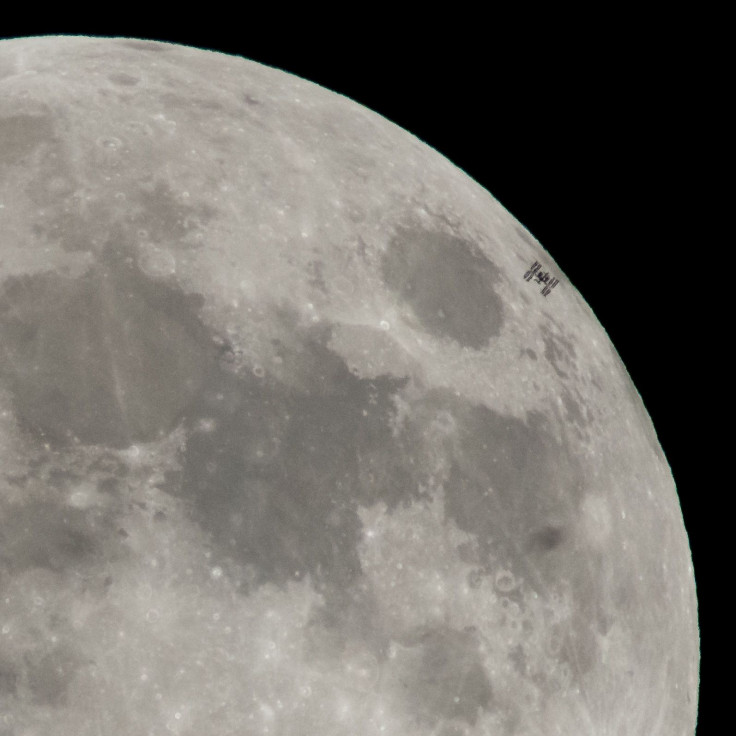Hunger Moon 2021: Don't Miss This Weekend's Full Moon
KEY POINTS
- The February full moon, called the Hunger Moon, is turning full early Saturday morning
- It's also called the Snow Moon and the Storm Moon, among other traditional names
- Skywatchers can also catch a glimpse of other celestial sights on early Saturday
This month's moon will turn full this weekend. Those who would like to catch a glimpse of it may also witness other celestial sights.
The February moon will turn full at 3:17 a.m. EST on Saturday, according to NASA. Skywatchers who wish to catch a glimpse of it may already do so because it appears full from Thursday evening to Sunday morning.
This full moon has several interesting names, including Snow Moon, Storm Moon and Hunger Moon. The name Snow Moon and Storm Moon, The Old Farmer's Almanac explained, is because of the typical heavy snow that falls in February, which is said to be the snowiest month on average.
The name Hunger Moon is also connected to the snowfall in the month of February because the heavy snowstorms and the typically bad weather during this month made hunting quite difficult, NASA explained.
Apart from these common names, the February full moon also has other alternative names. According to The Old Farmer's Almanac, the Ojibwe called this moon the Bear Moon while the Tlingit called it the Black Bear Moon because it's also around the time when bear cubs are born.
What To See With The February Full Moon
Those who will watch out for the moon to turn full-on early Saturday morning could also catch some other celestial sights. By morning twilight on Saturday, skywatchers may also look for Mercury, which will be east-southeast about 2 degrees from the horizon, NASA said. Saturn will also be visible some 4 degrees above the horizon, while Jupiter will rise to the lower left side of Mercury at 5:49 a.m.
Jupiter will be brighter than Mercury and Saturn. But as always, some locations will have a better view of the sky than others.
"To see these three planets, you will need a very clear view of the horizon in the east-southeast – something that can be difficult to find in cluttered urban environments," NASA said.
The star Vega will also be visible on Saturday's morning twilight. It will be the bright star some 61 degrees above the horizon in the east-northeast.
By Saturday evening, Mars will be the only planet visible along with the full moon. It will be accompanied by the bright star Capella and the stars of the galaxy's Orion-Cygnus arm. As NASA explained, these stars will look like they're spreading up toward Mars.

© Copyright IBTimes 2025. All rights reserved.






















